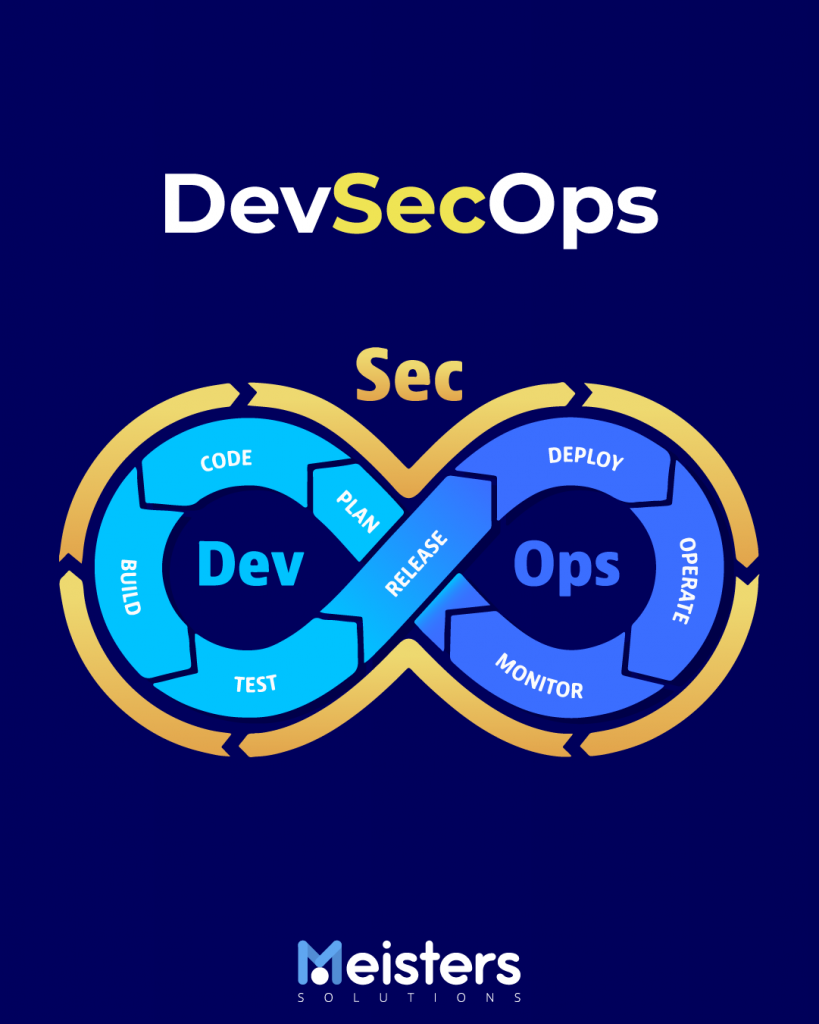As a software development company, we understand the importance of selecting the right database to power your applications. With so many options available, it can be overwhelming to decide which one is the best fit for your specific use case. In this article, we will compare some of the most popular databases and help you make an informed decision.
Relational databases
Relational databases are the most common and traditional database option. They use a structured approach to store data in tables, with each table containing rows of data and columns to represent different attributes. Relational databases use SQL (Structured Query Language) to retrieve data from tables. Some of the most popular relational databases are MySQL, PostgreSQL, and Oracle.
NoSQL databases
NoSQL databases, on the other hand, are not based on the traditional relational model. They use a document-based approach to store data, with each document containing all relevant data in a single place. NoSQL databases are more flexible than relational databases and can handle large amounts of unstructured data. Some popular NoSQL databases include MongoDB, Cassandra, and Couchbase.
Graph databases
Graph databases are designed to store and manage highly interconnected data, such as social networks, recommendation systems, and knowledge graphs. They represent data as nodes, edges, and properties, and use graph algorithms to traverse and analyze the data. Popular graph databases include Neo4j, OrientDB, and ArangoDB.
Key-value databases
Key-value databases are the simplest type of database, where each piece of data is stored as a key-value pair. They are highly scalable and can handle a large volume of data, making them ideal for distributed systems. Popular key-value databases include Redis, Riak, and Cassandra.

Which database is the best fit for your application?
It depends on your specific needs. If you have a highly structured data set and require strong data integrity, a relational database like PostgreSQL might be the best choice. If you have a large volume of unstructured data that needs to be analyzed quickly, a NoSQL database like MongoDB might be a better fit. If your data is highly interconnected, a graph database like Neo4j might be the best option.
In conclusion, selecting the right database is crucial for the performance, scalability, and reliability of your application. We hope this article has helped you understand the differences between some of the most popular databases and make an informed decision. If you need help selecting, designing, or optimizing your database, Meisters Solutions is here to help.


